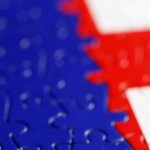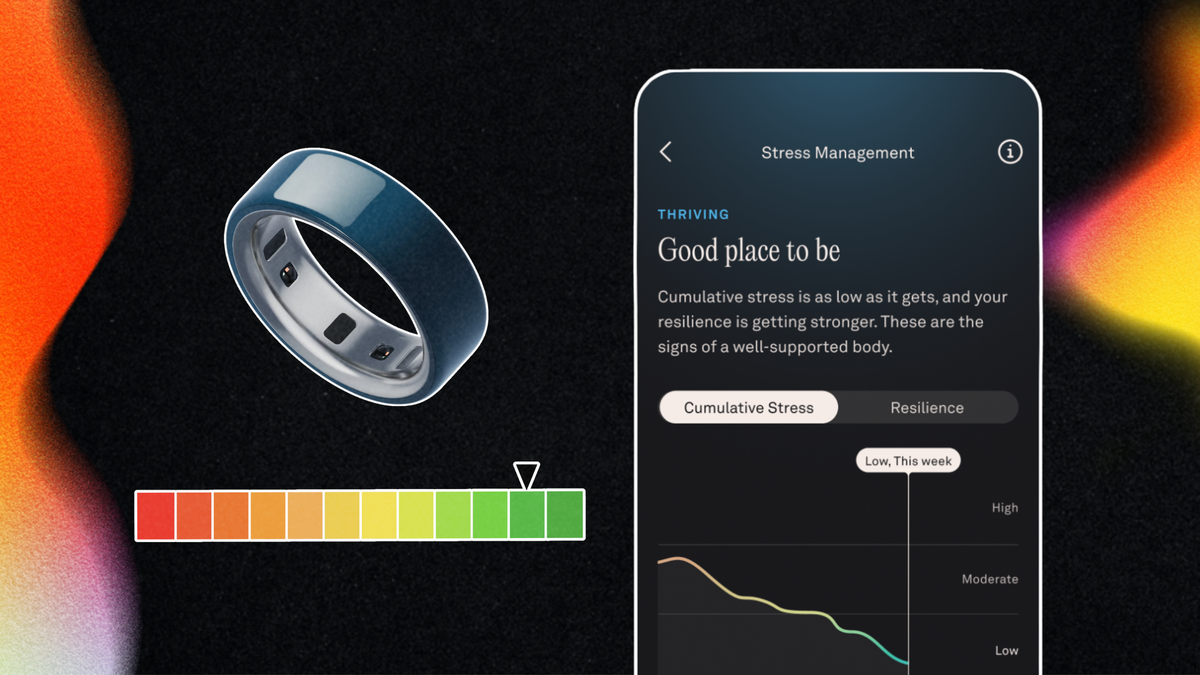
Oura Ring recently released a new feature: the Cumulative Stress score. What exactly does this score measure? Well, stress. Lots of stress. Here’s what that means: stress tends to add up; you may have a big deadline at work, then face a family conflict, and still want to stick to your workout routine for the week. On their own, these stressors are mostly manageable. But combined, they add up to what’s called cumulative stress, which can be harder to recover from.
Here’s a more detailed look at this kind of stress and its physiological effects, how it differs from other forms of stress, and how to use the Oura Ring’s newest feature to figure out whether your stress levels are getting in the way of your health and fitness.
Cumulative Stress and Its Impact on the Body
“Cumulative stress” refers to the compounding impacts of short-term, or acute, stressors. It’s a close cousin of chronic stress, but while chronic stress can be a response to one persistent stressor or external pressure, cumulative stress tends to be a response to multiple.
All forms of stress, including cumulative stress, can take a toll on health if left unmanaged. Over time, stress can weaken the immune response (making you more prone to infections), disrupt sleep, and keep you from engaging with activities that bring joy.
High levels of cumulative stress have also been shown to accelerate the aging process in some people and make facing new stressors feel more daunting.
How Oura Ring’s Newest Feature Determines If You’re Under Too Much Stress
Stress can spiral if left unchecked. Oura Ring’s latest feature is designed to help members break the cycle. Oura Ring Gen3 and Oura Ring 4 will now scan the last 31 days of a user’s health data for different “signatures” of stress buildup, such as heart rate variability—which describes small changes in the time between heartbeats—and sleep duration, to compile a Cumulative Stress score.
When this score gets too high, it’s a sign to prioritize rest and recovery. “By showing you the ‘hidden toll’ of unmanaged stress, this feature empowers you to make changes before that strain leads to exhaustion, burnout, or illness,” reads an Oura press release on the new Cumulative Stress feature.
A Longevity Doctor Explains the Signs of High Stress in the Body and How to Manage It
Cumulative stress can negatively impact your ability to perform and recover from exercise. “Stress shifts you out of ‘build and repair’ mode and into ‘just get me through the day’ mode—and that absolutely shows up in how you move,” says Dr. Seema Bonney, a longevity physician at the Anti-Aging and Longevity Center of Philadelphia, Pennsylvania.
Don’t have an Oura ring? No problem—there are plenty of signs of cumulative stress you can clock without a wearable, says Bonney.
“If someone starts telling me that their sleep is a mess, their workouts feel draining instead of energizing, or their mood and motivation are suddenly off, that’s a sign their stress burden is exceeding their recovery capacity,” says Bonney.
If you notice that your legs feel like bricks or it’s taking you longer to recover between sets than usual following a stressful few days, it could be a sign to make some adjustments.
Why You Need to Slow Down If You’re Stressed
“Exercise is one of the most powerful longevity tools we have, but when you layer high-intensity training on top of chronic stress, the benefits can temporarily flip,” says Bonney. “Instead of supporting long-term health, it can become another physiological stressor.”
To avoid injury or impaired muscle recovery during times of high cumulative stress, Bonney recommends opting for lower-intensity workouts, prioritizing deep sleep and nutrition, and calming down your nervous system with practices like yoga and breathwork.
Slowing down may be difficult, but it’s necessary for long-term fitness. As Bonney says, “strategic rest is a strength, not a setback.
Want more Outside health stories? Sign up for the Bodywork newsletter. Ready to push yourself? Enter MapMyRun’s You vs. the Year 2025 running challenge.
The post Oura Ring’s Latest Feature Measures Your Cumulative Stress—Here’s What That Means for Your Training appeared first on Outside Online.














